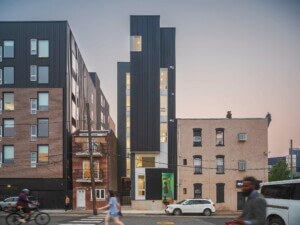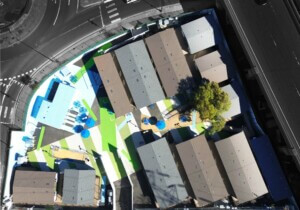In 2014, the small community of Ngarannam located in northeast Nigeria was left destroyed and deserted following attacks by insurgent group Boko Haram. Since then, the village in Borno state has been left mostly desolate, with many of its residents displaced in overflowing refugee camps miles away. But the Nigerian government, along with the support of the United Nations Development Programme (UNDP), have decided to rebuild. The new infrastructure is nearing completion this summer. It will provide 500 new housing units, a health clinic, a primary school and instructor quarters, a marketplace, and other services including road infrastructure.
The architect behind the plan Tosin Oshinowo, who has been dubbed Nigeria’s “beach house queen” for her impressive portfolio of beach houses in Nigeria showcased on Netflix’s Made by Design series. Indeed, the current project in a small Borno state village may seem like an outlier among the Nigerian architect’s notable works in the past, including Maryland Mall in Lagos and luxury chair brand Ilé-Ilà (which was featured in the glossy pages of Harper’s Bazaar Interiors and Elle Decor).
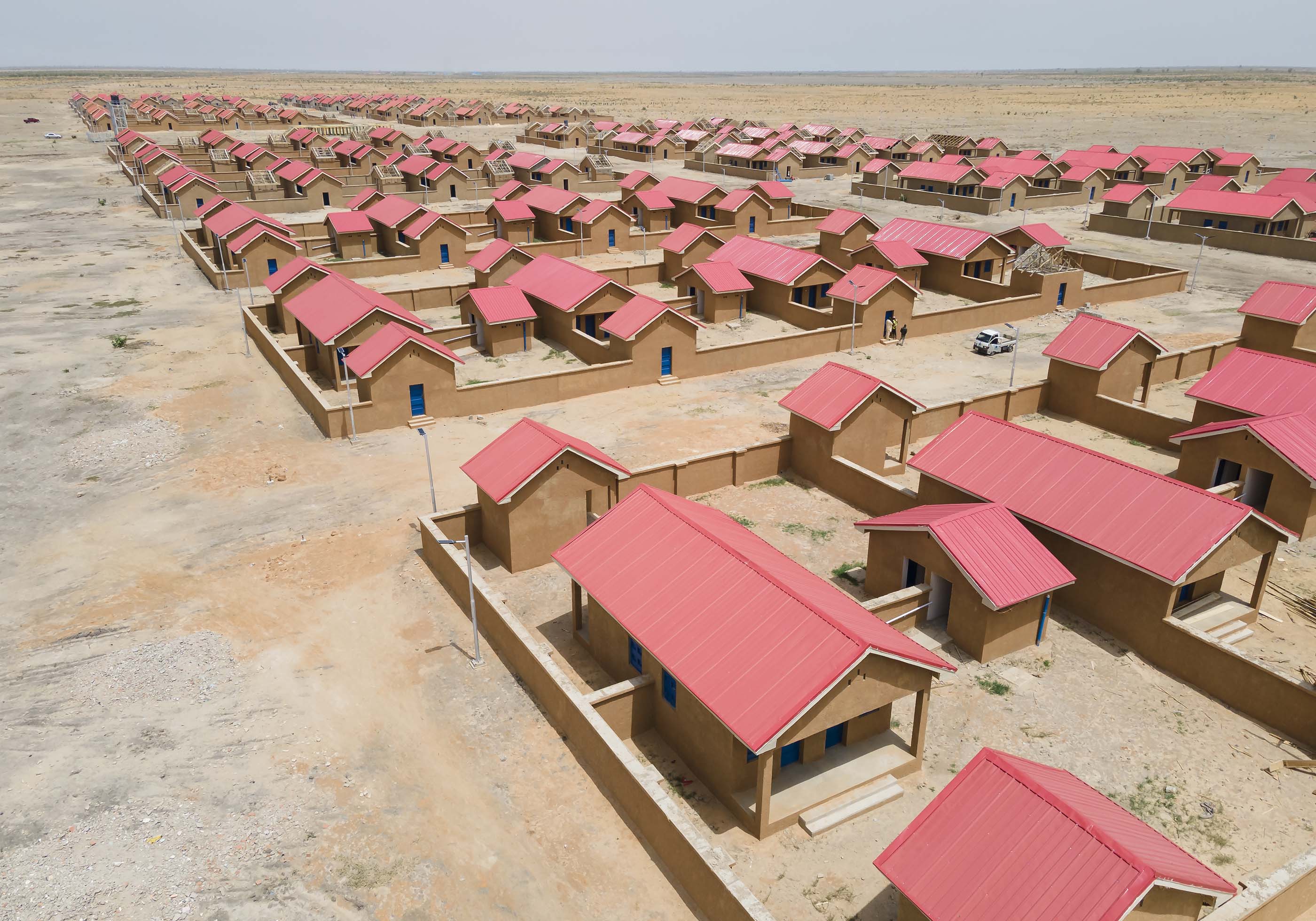
However, Oshinowo’s broader vision for architecture has much to do with community. In 2012, she founded Lagos-based architecture firm cmDesign Atelier (cmD+A), which—according to the firm’s website—prioritizes “the role of design to improve the quality of life.” Oshinowo is also curator of the Sharjah Architecture Triennial 2023, which just announced a title and theme: The Beauty of Impermanence: An Architecture of Adaptability. In her curatorial statement she said: “The present state of the relationship between architecture and the natural environment reveals our global and local histories; it communicates priorities around sustainability and equity that have long needed to be reconsidered.”
For the rebuilding of Ngarannam, Oshinowo placed villagers at the forefront of the project. “Tosin is well known for championing design that is culturally appropriate and celebrates a deeply West African context; she worked really closely with the community to create a plan that was responsive to their needs and customs, and has been very involved in the process throughout,” a press announcement for the project stated.
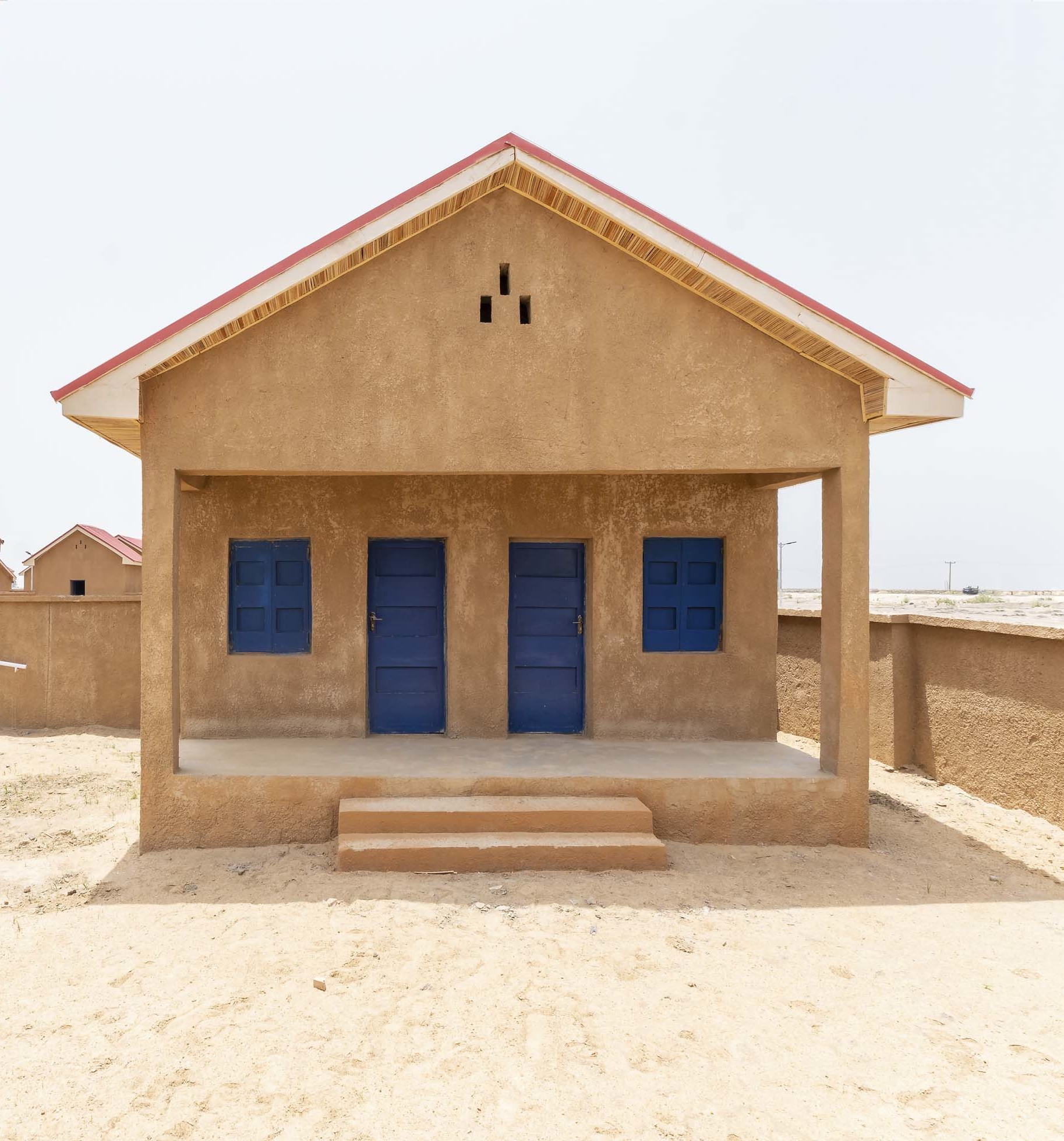
This included engaging with villagers about their preferences, which Oshinowo incorporated into the design of the new settlement; for instance the Abuja brown color of the homes was decided by the residents. The architect told The Economist, it was important “to relocate people to their ancestral homes.”
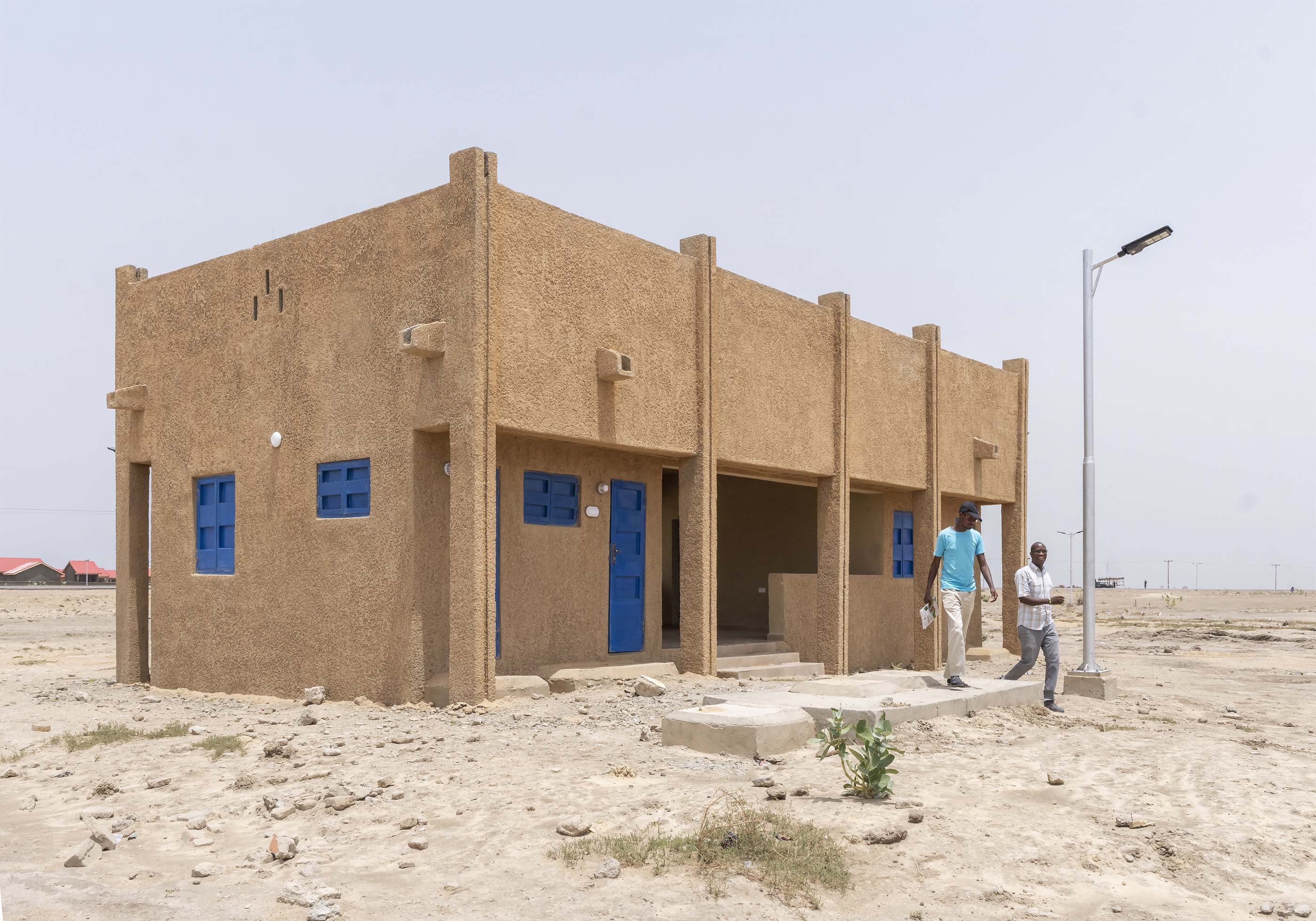
Such sentiments were shared by the Nigerian government and the UNDP: “The Nigerian Government and the UNDP believes in ‘human-centred design’, where interventions are consciously suited to culture, environmental and climatic needs,” the UNDP said in a press release.
Tosin’s process also included site visits, which required armed military escorts, due to the site’s history of violence.
Though the new Ngarannam village may not be a luxury beach house or a glowing, LED-lit landmark in the center of a bustling city, it is apparent that Oshinowo and cmD+A retained a contemporary approach and commitment to “less is more” and “form follows function”. The rows upon rows of cement and sand homes were built to be long-lasting. Bright blue doors and red roofs pop out against the neutral, earth materials used to construct them. In the community gathering center, a green and yellow canopy comprising tessellated triangles provides villagers refuge from the sun.
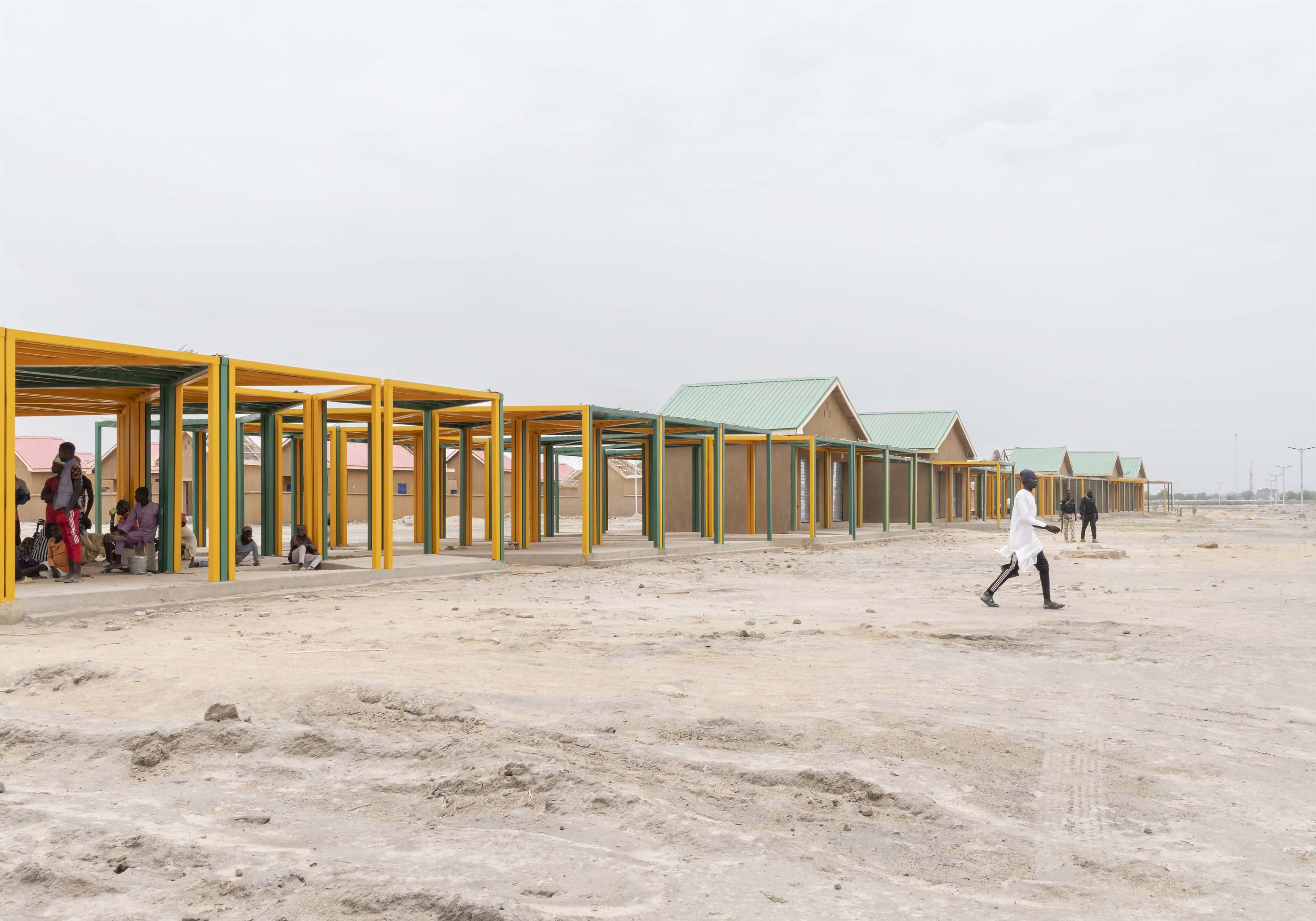
Residents will be able to move into the new village as early as late summer or early fall.









